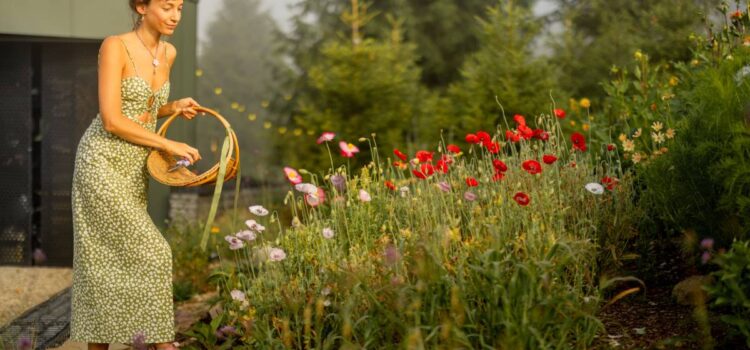Compares the pros and cons of replacing carpet with laminate flooring focusing on durability maintenance and value to help choose the best option for lifestyle.


Compares the pros and cons of replacing carpet with laminate flooring focusing on durability maintenance and value to help choose the best option for lifestyle.

Debris netting prevents falling debris and dust on construction sites, protecting workers and property. It is durable, lasting 1-5 years, and offers security.

A wild garden naturally supports wildlife with native plants, while a peaceful garden creates a calming and restorative retreat using natural elements.

The spine is essential for supporting movement and protecting the spinal cord, but various issues and injuries can lead to pain and limited mobility.

Swimming enhances endurance but doesn’t build significant muscle mass like weightlifting. Combining both exercises is ideal for strength and overall fitness

Inflating tires with nitrogen and compressed air the advantages of nitrogen include better pressure maintenance and reduced oxidation but it still has drawbacks

A weak or faulty battery can cause the check engine light to turn on and the engine to stall at idle due to electrical issues and sensor recalibration.

This article delves into the key aspects of plant trailers, their benefits, and why they are essential for many industries. Read this for more

Exercise for people with disabilities, including cardio and balance training, with tips for customizing routines to enhance physical and mental health.

Diet management for diabetes focuses on the importance of balanced nutrition, exercise and hydration to control blood sugar levels, along with food selection.
Comments